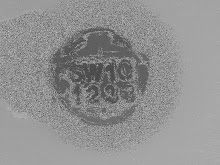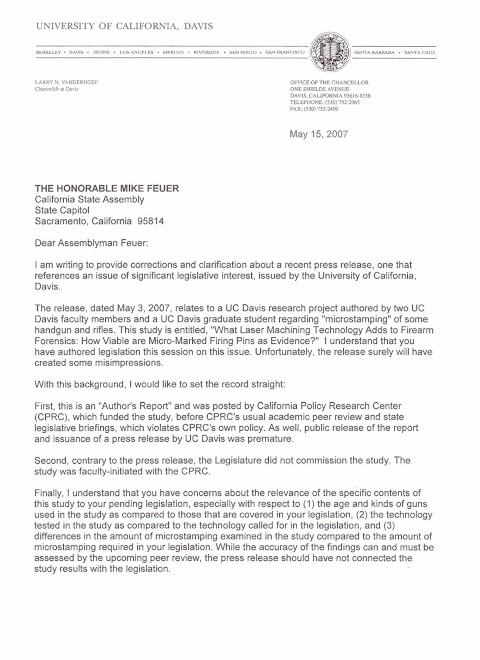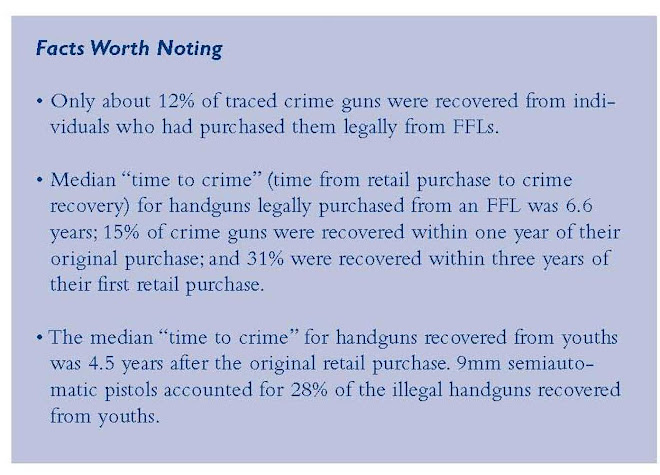
Why is it that I like trace evidence people? It seems to have a lot to do with their ability to see the bigger picture. Over the last 14 years, I have been introduced to a number of interesting people within the forensic community, but what I have gleaned is that trace evidence people do not tend to look at their careers as static and bureaucratic.
Recently I read a technical paper written by a group of Australian forensic scientists which was titled, “Forensic Science in the 21st century- Will Trace Evidence Ever Reach the Next Level?”[1]
What a great article to read and one that emphasized the fact that forensic science is dynamic and always evolving. Of special note was how forensic science and the methods used have been valued. As indicated in the paper, DNA and fingerprint evidence are more valuable than other forms of evidence when trying to identify or confirm a persons guilt or innocence, however other trace evidence can provide valuable leads or information for reconstructing the crime. The paper provides some very good insight into the future evolution of the science of forensics and the need for increased development of new tools and techniques.
What stuck me was the fact that microstamping is evolutionary as well. Evolving from traditional firearm and tool mark examination, microstamping simply took the next step – the use of intentional tool markings, instead of relying only on unintentional tool marks.
A benefit of microstamping is that it doesn’t replace traditional firearm and tool mark analysis, it augments it. By leveraging highly trained forensic firearm examiners and their existing equipment and infrastructure, microstamping offers new opportunities to generate leads, when firearms are not recovered at the crime scene.
The Australian forensic scientists, who wrote the paper, summed up the true value of all trace evidence and by default the value of microstamping when they surmised that the value of trace evidence does not only reside in its ability to be used in court, but in its ability to provide information for; “reconstructing the crime scene, or a series of events, identifying links between different cases or, more broadly, systematically analyzing large scale criminal phenomena. The value of integrating traditional forensic evidence with other dimensions of the investigative process has recently been highlighted by research in an area known as forensic intelligence. In our opinion, although rapidly growing, the novel application of forensic science data is still under exploited.”[1]
We recommend reading the full article to understand the challenges faced by today’s forensic scientists.
[1] Roux, C, et al, “Forensic Science in the 21st Century- Will Trace Evidence Ever Reach the Next Level?” (NIJ / FBI) Trace Evidence Conference, August 2007
http://projects.nfstc.org/trace/docs/final/Roux_21st_century.pdf












